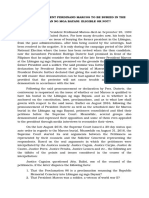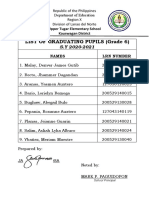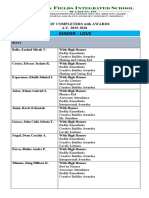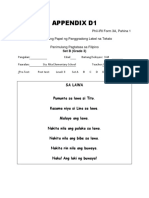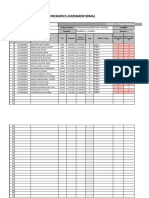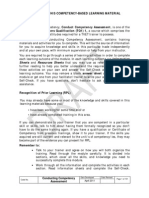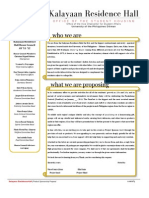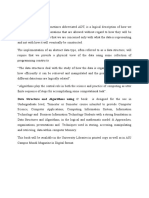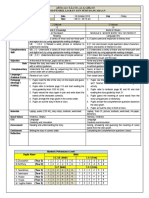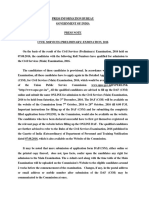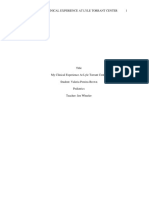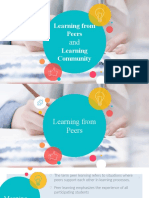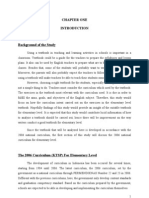ARAL Program Act—A Fresh
Start for Philippine Education
President Ferdinand R. Marcos Jr.’s signing of the Academic Recovery and
Accessible Learning (ARAL) Program Act could be a real game-changer for education in
the Philippines. After years of learners struggling to catch up, especially with the
setbacks brought by the pandemic, this new law feels like a much-needed step forward.
It’s not just about making up for lost time; it’s about building a stronger, more inclusive
education system that can stand the test of time. The notable part about the ARAL
Program Act is that it shows that the government finally recognizes how urgent the
education crisis is. For a long time, many learners have been left behind because of
disrupted classes and a lack of resources. By promising free learning support, digital
libraries, and better-trained tutors, the ARAL Program aimed to close the learning gap
brought by the last pandemic.
But let’s be honest: passing a law is just the beginning. The real challenge is
making sure it works in practice. This means everyone—schools, local governments, and
parents needs to get involved. It’s not enough to just say we’ll help learners; we must
make sure the help reaches them, and that teachers and tutors are given the support
they need, too. The truth is, the Philippines has struggled with low literacy and math
skills for years, especially among the younger generation. International tests like PISA
have shown that Filipino students are lagging, and the pandemic only made things
tougher. The ARAL Program is directly addressing this issue by emphasizing foundational
skills such as reading, writing, and mathematics. This smart approach will greatly help
the learners to improve their educational outcomes. The ARAL Act pushes for free digital
libraries and learning hubs, which could be a support for students in far-flung areas
where books and resources are limited. But the catch is that not everyone has internet
access or the gadgets they need, so to ensure the digital aspect of ARAL functions
effectively, the government needs to address these concerns, potentially by
collaborating with telecom firms and investing in improved infrastructure. Another
highlight of this law is the emphasis on assisting tutors and educators. For too long,
teachers have faced excessive workloads and inadequate compensation. The ARAL
Program provides an opportunity to improve this situation by offering enhanced training
and equitable pay. Eventually, a strong education system relies on having effective
teachers. Certainly, the approval of the ARAL Program Act is merely the beginning. The
challenging task ahead is to ensure its effective implementation and to monitor progress.
To achieve this, collaboration among the Department of Education, NEDA, and local
governments is essential. It’s important to recognize that the ARAL Act is a component of
the government’s larger vision for national progress. If implemented effectively, it could
provide a foundation for even greater educational reforms in the future. This represents
an opportunity for the government to demonstrate that meaningful change is achievable
when there is collaboration.
Ultimately, the ARAL Program Act conveys a significant message: every student is
important, and every child can succeed. Education is a collective responsibility.
�Regulation alone will not enable children to learn to read or perform math; thus, it
requires genuine effort in classrooms, at home, and in the community. The ARAL Program
Act represents an investment in the youth and in the future of our nation. It will be
challenging, but if we remain dedicated and collaborate as a team, we can revolutionize
education in the Philippines and provide every learner with the opportunity they deserve.
Let’s ensure we don’t miss this chance.




